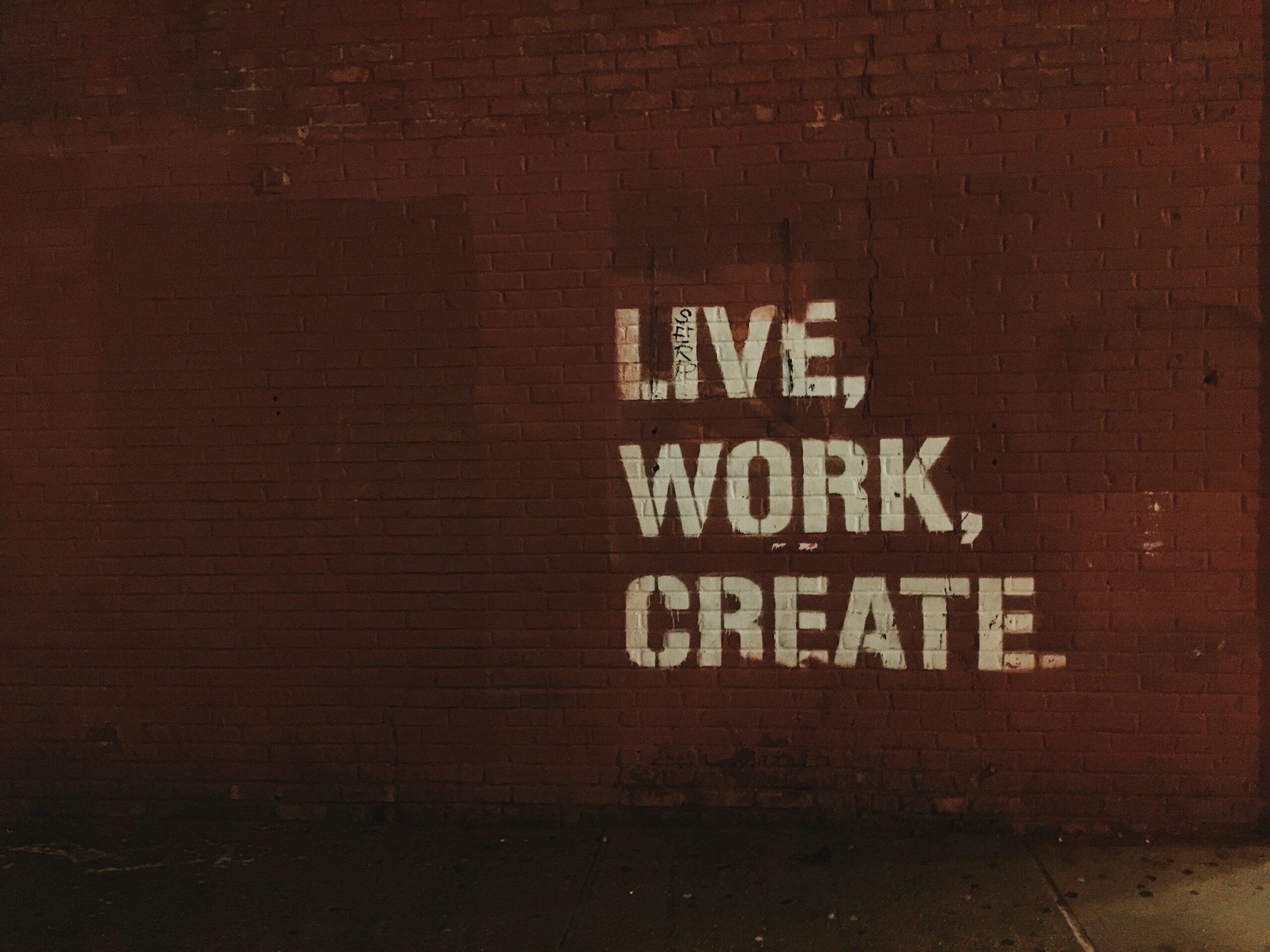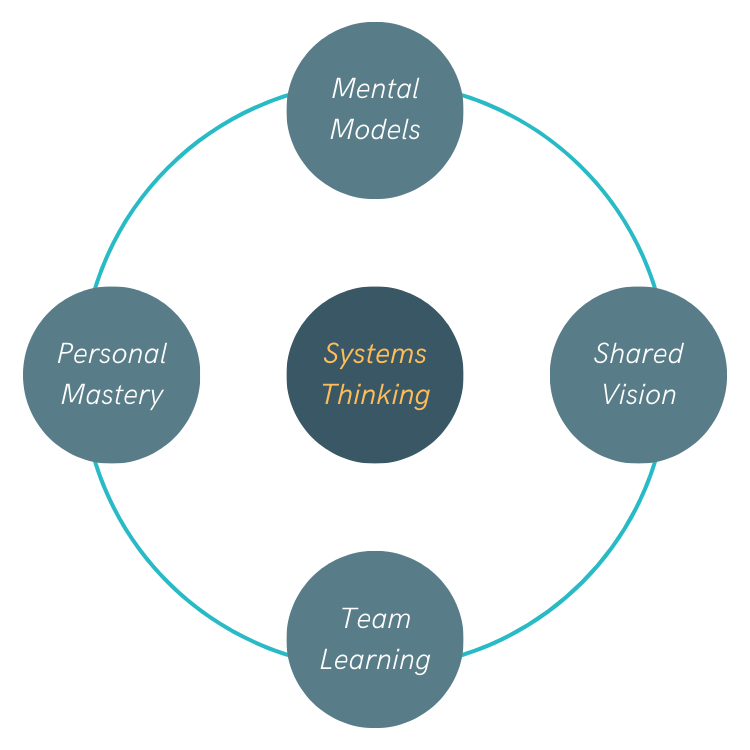The Harvard Business Review defines a learning organization as one adept at the creation and incorporation of new knowledge. On the surface, this seems like an easy and essential component of company culture—change, growth, and forward momentum. However, a recent article suggest that while the spirit of this ethos is widely understood, many of the programs implemented to foster this kind of organization ultimately fail. When the dust settles, a learning organization is one that has mastered the fine art of intellectual capital. Through a thirst for knowledge, continuous improvement, and a steadfast company culture, this type of organization can create lasting success.
Defining a “Learning Organization”: What is it really?
In simplest terms, a learning organization is one in which employees are empowered to learn, grow and contribute to their fullest potential. In his seminal book, The Fifth Discipline, Peter Senge suggests a true learning organization is one “where people continually expand their capacity to create the results they truly desire, where new and expansive patterns of thinking are nurtured, where collective aspiration is set free, and where people are continually learning how to learn together.” A questioning nature, the willingness to take risks, and the space to fail lie at the core of these institutions. In order to foster this kind of corporate climate, we need to first review the five characteristics of a learning organization: personal mastery, mental models, shared visions, team learning, and systems thinking.
Characteristics of a Learning Organization
- Personal Mastery. Companies aren’t sentient. The organization grows and learns as its employees grow in learn. It is for this reason that Senge suggests personal mastery as a foundational characteristic of the learning organization.
- Mental Models. After personal discipline, an understanding of personal goals, aspirations, and ways of managing setbacks are necessary. On the personal level, your employees must emerge from similar models of understanding.
- Shared Vision. Building on mental models, the learning organization has a clear shared vision. From a clear, shared understanding of the world a clear understanding of our organization, the direction we want to go, and the steps necessary to get there can be developed. This picture needs to be clear in the mind of every employee so as a unit the company moves toward their desired
- Team Learning. Team learning, or the way your institution goes about creating, processing, and incorporating new solutions and ideas is built upon the foundation of personal mastery, shared vision, and common mental models. Effective team learning is further broken into three key dimensions—the way problems are understood, the novel approaches to those problems, and the continuity of that process.
- Problems—the effective learning organization will be able to quickly and thoughtfully recognize problems as they emerge;
- Solutions—once problems are identified, your team will be able to to create novel, coordinated solutions to those issues, and finally;
- Processes—the process will naturally refresh itself as problems continue to emerge.
- Systems Thinking. Senge’s “fifth discipline, systems thinking represents the pinnacle of a learning organization. Systems thinking, representationally, occurs when the company culture is fluent in the languages of innovation, problem solving, and operates from a position of common understanding, direction and purpose. In Senge’s words, it is the language shared across the organization, one of solutions, innovations and continual momentum.
Moving the characteristics from abstract business philosophy to tangible solutions that can be incorporated into your business has proven a bit more difficult. Where does one start when they want to foster a learning organization?
How to Build a Learning Organization

While there is no one size fits all guide to facilitating a learning organization, there are three core areas you can focus your attention. Naturally, it begins with you—you begin by creating a culture of learning with your hiring choices and corporate methods. Next, you need to develop a systematic approach to problem solving and an efficient way to communicate that information. Finally, your company needs to be able to look backwards effectively in order to move forward.
Creating a Culture of Learning
It is important to create a culture of learning. A learning organization is one that focuses on continuous improvement and creates an environment for everyone to learn, providing opportunities for employees to grow both professionally and personally. As Senge suggests, this begins at the individual level and scaffolds upwards. The learning organization begins at the hiring process; bring people into your team that share your understanding of the world, demonstrate a high level of reflexivity (the ability to look at their and other’s past actions and make more informed choices), and share the ambitions of your company.
A learning organization should encourage employees to learn from their own experiences, as well as from the experiences of others. They should also encourage sharing ideas about how things could be done better—both within the department or across departments within the company—and encourage employees’ participation in these discussions by being available whenever possible when needed (or at least by responding quickly).
Problem Solving and Communication of Goals

The first step in building an infrastructure of learning is to define the problem before starting on a solution. A clear, critical approach to problem solving is essential to the learning organization. Your should establish prescriptive approaches to problem solving that lend themselves to efficiency and innovation, while providing your team opportunities to improve upon the process. In creating effective problem solving processes, and the ability to share those throughout your organization, it allows us to create channels of action that move toward the greater goals of your organization.
The first step in building an infrastructure of learning is to define the problem before starting on a solution. A clear, critical approach to problem solving is essential to the learning organization. Your should establish prescriptive approaches to problem solving that lend themselves to efficiency and innovation, while providing your team opportunities to improve upon the process. In creating effective problem solving processes, and the ability to share those throughout your organization, it allows us to create channels of action that move toward the greater goals of your organization.
You need to know what the goal is and how you’ll measure success. There are two types of goals: tangible and intangible. Tangible goals are things that can be measured—for example, running a 5K race or learning how to make coffee for yourself in less than 3 minutes (we’re looking at you, Starbucks). Intangible goals are more difficult to quantify but still have meaning for your organization—like improving customer service or increasing sales by 20% this year (again, Folks!).
You might think it’s easy enough just setting these types of long-term aspirations; however, there’s also some fine-tuning involved when determining how far along they should go within six months’ time! If our company were just starting out today with no history behind them whatsoever then we would probably set ourselves up as ambitious as possible without being too unrealistic or unachievable by any means possible–but once again remember not everyone has access
Past Experiences and Best Practices
There are two forces constantly working in your institution—reflection and action. Reflecting, or looking back across past decisions to determine what could have been done differently, sets the foundation. Action, or the establishment of best practices, is the consequence of reflections. Reflection and action are linked; they are not separate processes. They are part of a continuous cycle that continues indefinitely until either one stops or one becomes so ingrained in our lives that we don’t even notice its presence anymore (like how most people take for granted that their phone will ring when they get a call). We see this process become seamless as your company moves towards a systems thinking approach to problems.
A learning organization is one that has mastered the art of intellectual capital, streamlined processes, and company cohesion.
- Through a thirst for knowledge and continuous improvement, this type of organization can create lasting success.
- Intellectual capital is the knowledge, skills and experience that help an organization generate sustainable competitive advantage.
- A learning organization is one that has mastered the art problem solving, information dissemination, and innovation.
Conclusion
The learning organization is a growing trend in today’s business world. Organizations that are committed to the constant, ongoing improvement of their intellectual capital will be able to outlast those who aren’t, as long as they can keep up with their competition. This kind of culture is what makes companies thrive both on and off the battlefield—and it’s something we should all strive for ourselves!

